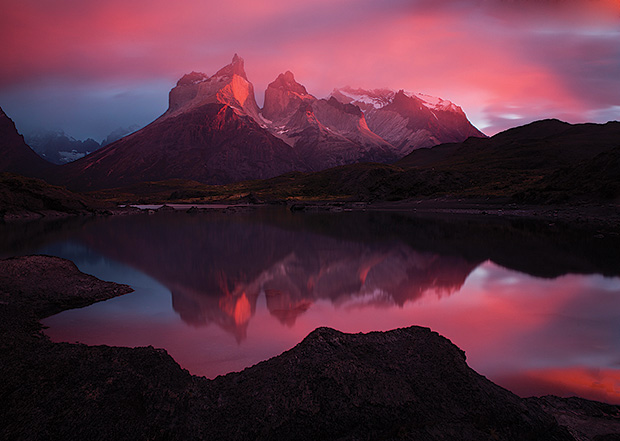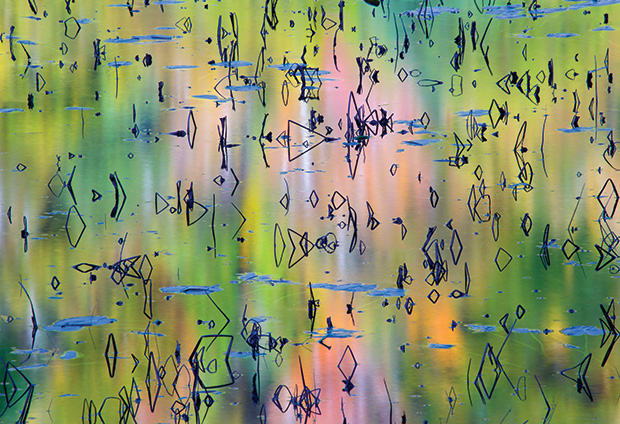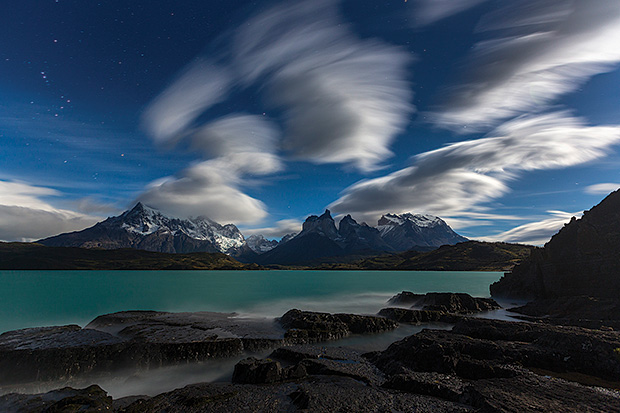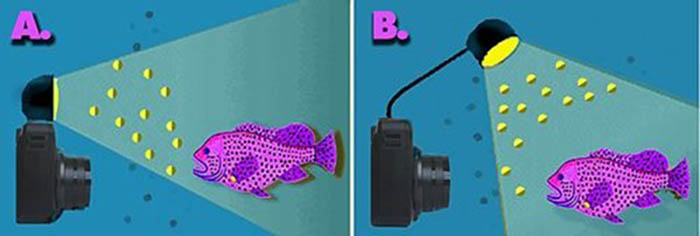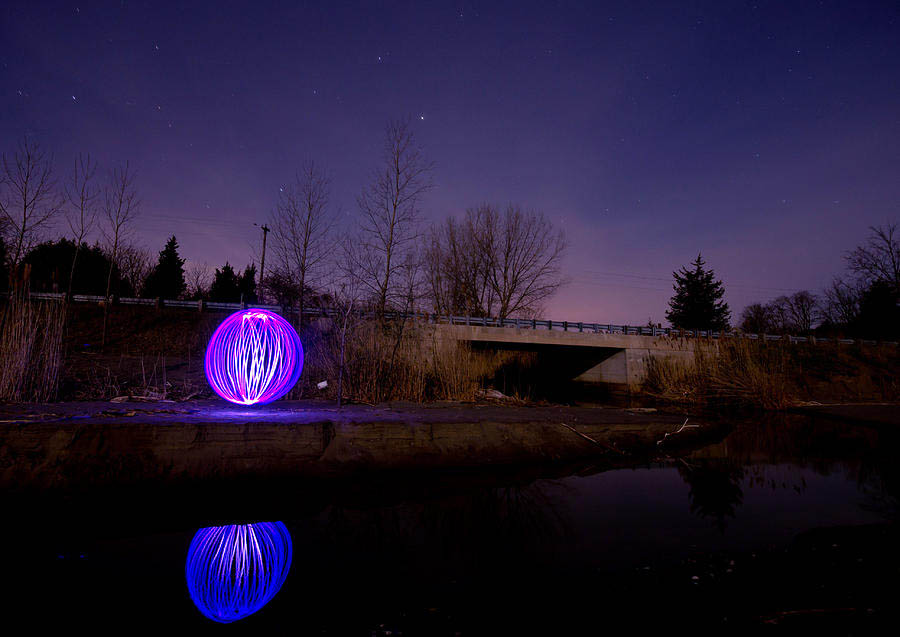Post by Darren Rowse
1. Shoot in RAW
I know many readers of DPS can’t shoot in RAW (because their camera doesn’t offer it) or don’t shoot in RAW (because they either don’t know how or don’t like to) but for the most control in the post production phase of converting your color images into black and white ones – you’ll want to shoot in RAW if your camera does allow it. Of course shooting in JPEG doesn’t stop you shooting in black and white – but if it’s an option, give RAW a go, you might be surprised by what it offers you in post production.

If your camera doesn’t allow you to shoot in RAW (or you choose not to) – shoot in color and do your conversion to black and white later on your computer.
2. Shoot in Color
While most digital cameras offer you the option to shoot in Black and White (and can produce some reasonable results) you have more control over your end results if you have the color data to work with in your conversion on your computer.
Update: There is an exception to shooting in Color and it’s when you’re taking note of point 1 above (shooting in RAW). When shooting in RAW and switching to Black and White mode you see your results in the LCD in black and white but the camera actually records all of the information (including color) – the best of both worlds. But if you’re shooting in JPEG – shoot in color and do the conversion later.
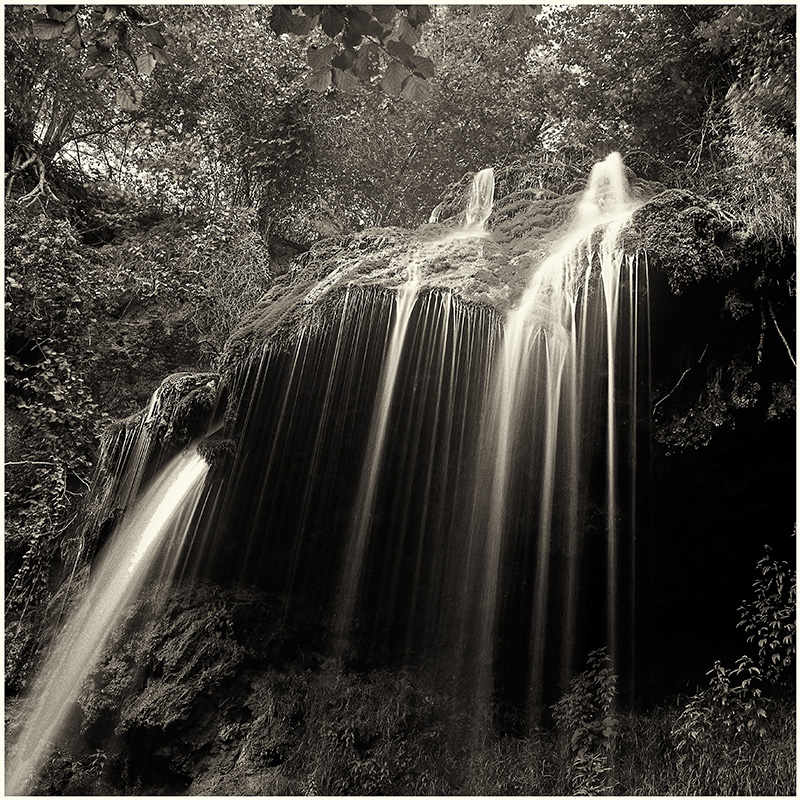
3. Low ISO
Shoot with the lowest possible ISO possible. While this is something that most of us do in color photography it is particularly important when it comes to black and white where noise created by ISO can become even more obvious. If you’re after this ‘noise’ (or grain) you can always add it later in your post production – but it’s harder to go the other way and take noise out.
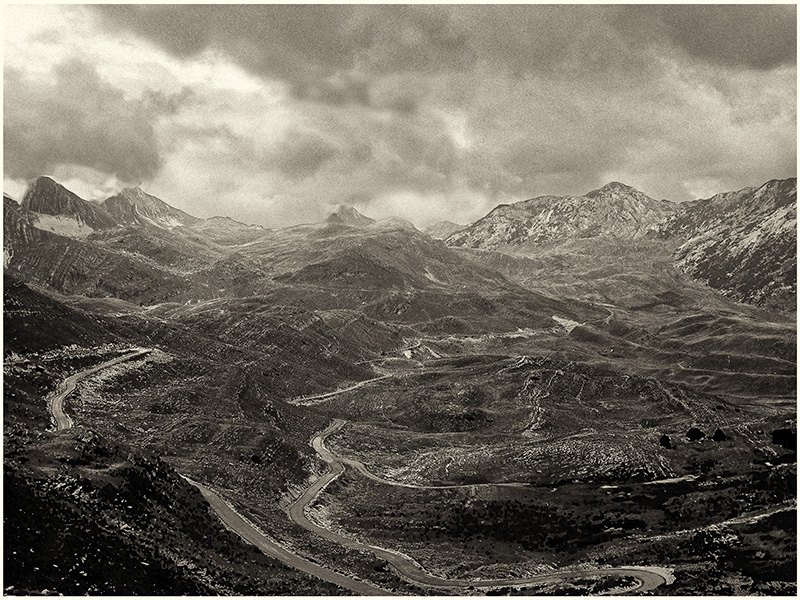
4. When to Shoot
Many digital photographers actually prefer to shoot images for Black and White in low contrast situations. So an dark or overcast day can be a great time to shoot out door shots.
Ironically these are the days that those who shoot only in color sit at home complaining about the ‘poor light’. So next time you find yourself with a dark and gloomy day – shoot some black and white shots.

5. Composition
Most of the general tips on how to compose or frame a good shot apply just as well to black and white photography as they do when shooting in color – however the main obvious difference is that you’re unable to use color to lead the eye into or around your shot. This means you need to train yourself to look at shapes, tones and textures in your frame as points of interest. Pay particularly attention to shadows and highlights which will become a feature of your shot.




